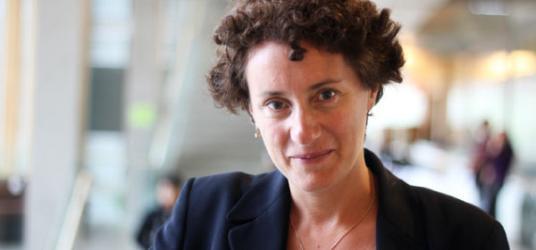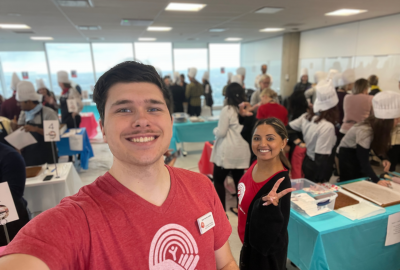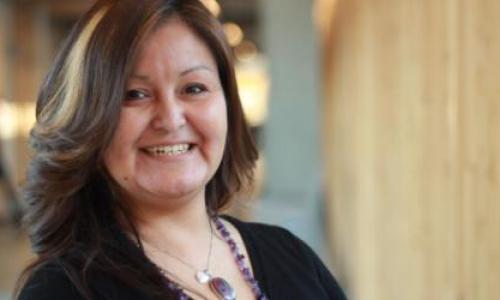
This article was originally published on the SFU news on July 13, 2015.
Simon Fraser University’s Beedie School of Business Co-op Coordinator Tanya Behrisch is hoping more Beedie undergraduates will take advantage of the benefits of participating in the international co-op and exchange programs.
While Beedie already has one of the highest rates of student engagement in these areas on campus, it has the potential to go much higher.
“Students who participate in international co-op or exchange programs become more adaptable and get hired sooner after graduation than those who don’t,” says Behrisch.
“The benefits of doing international co-op or exchange are well known. In spite of this, we’re not seeing the level of student engagement that we’d like to see. In addition to benefits, I wanted to look at the barriers preventing student uptake in this area.”
With a grant from the Canadian Association for Cooperative Education (CAFCE), she examined why some Beedie students participate in international programs while others don’t.
She found that while many Beedie students want to participate, a low tolerance for risk and perceived barriers hold them back.
She adds: “Some of these perceived barriers are real and some are not.”
The biggest barrier appears to be cost. Yet free bursaries to help pay the costs of both international co-op and exchange, often go unclaimed. One example is a $4,000 bursary for an academic exchange in Finland.
“Students who do international co-op receive a salary," says Behrisch. "This helps cover the expenses of going overseas, but cost is still the number-one barrier preventing most students from doing international co-op.”
The second biggest perceived barrier is that Beedie students felt participating would mean staying in school longer.
“This is not necessarily true. Students receive credit for the classes they take on exchange. It’s not a wasted semester of courses which don’t transfer back.”
Behrisch's study also unearthed a new discovery about Beedie students who do participate—they crave unique experiences driven by a high-risk tolerance to try new things.
She hopes her findings around risk tolerance, students’ craving for novelty, and their perceived barriers, whether real or imagined, will help shift how the school reaches out to students, with the ultimate goal of increasing their engagement in international co-op and exchange.















